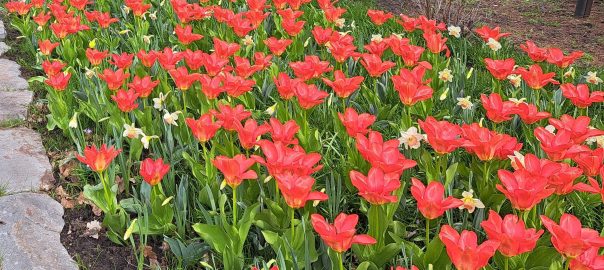Last month I visited the Canadian War Museum in Ottawa. The museum portrays the impact of war on Canadians from pre-contact to the present day. Before the Europeans arrived, indigenous settlements had warrior training areas, where youths learned skills with bows and arrows and clubs for the tribes’ battles with their enemies. French explorers heightened these conflicts by introducing guns to the weaponry and forming alliances with tribes to aid France’s quest for control of fur trading territories.
In 1759 Britain defeated France on the Plains of Abraham in Quebec City and took over the land that eventually became Canada. Seventeen years later the American Revolutionary War brought an estimated 45,000 US colonists to Canada, where they could continue to live under the British crown. The United States invaded Canada during the War of 1812 in an attempt to drive the British from the continent, but the loyalists held them back.
At the turn of the century, Canadians moved to fighting overseas. Over 7,000 volunteers rallied to the British cause in the South African War (Boer War). World War One was the first foreign war that engaged the entire country of Canada and affected every aspect of daily life.
My journey through the war museum’s WW1 galleries began with panels that displayed images of eager young Canadian men leaving for war.

Who knew married men needed a wife’s permission?

When the men arrived on the battlefields, life in the trenches quickly lost its glamour. Mud, rats, and disease prevailed. During long hours of boredom, some creative souls made trench art from discarded materials like shell casings, brass bullet cartridges, and chalk.

A viewer in the museum provided a visual of a chlorine gas — eerie and strangely alluring. The Germans first released the poison gas cloud during the Second Battle of Ypres in 1915, taking the Allied soldiers unawares. Troops fled in all directions. Thousands suffered burnt lungs or suffocated. The Allies quickly responded by developing increasingly effective gas masks for future battles and retaliating with their own poison gases.

A cloud of poison gas in Ypres. Photos from Collier’s New Photographic History of the World War (New York: P.F. Collier & Son, 1918)
Most touching was the museum’s display of the dreaded telegram, which could arrive any minute with news of a loved one’s serious injury, missing-in-action report, or death.

Outside the museum, the tulips were starting to bloom in Ottawa, earlier than usual this year due to the winter’s low snow cover and mild weather in March. Each year, Ottawa hosts a tulip festival that goes back to World War II. Following the Nazi invasion, Princess Juliana of the Netherlands took refuge in Ottawa with her two children. Her third daughter, Princess Margriet, was born at the Ottawa Civic Hospital. A section of the hospital was declared Dutch soil so that the baby would hold Dutch nationality exclusively. Two years later, Canadian troops played a large role in the liberation of the Netherlands. After Princess Juliana and her children returned to their homeland, she sent Ottawa and the Canadian people a thank you gift of 100,000 tulip bulbs. Since then, the Dutch royal family has sent tulip bulbs to Canada’s capital every year and Ottawa celebrates each May with a tulip festival. This year’s event takes place May 10-20th.
During my Ottawa stay, my high school friend and I walked to a park near Dow’s Lake to enjoy the beds of colourful tulips.

